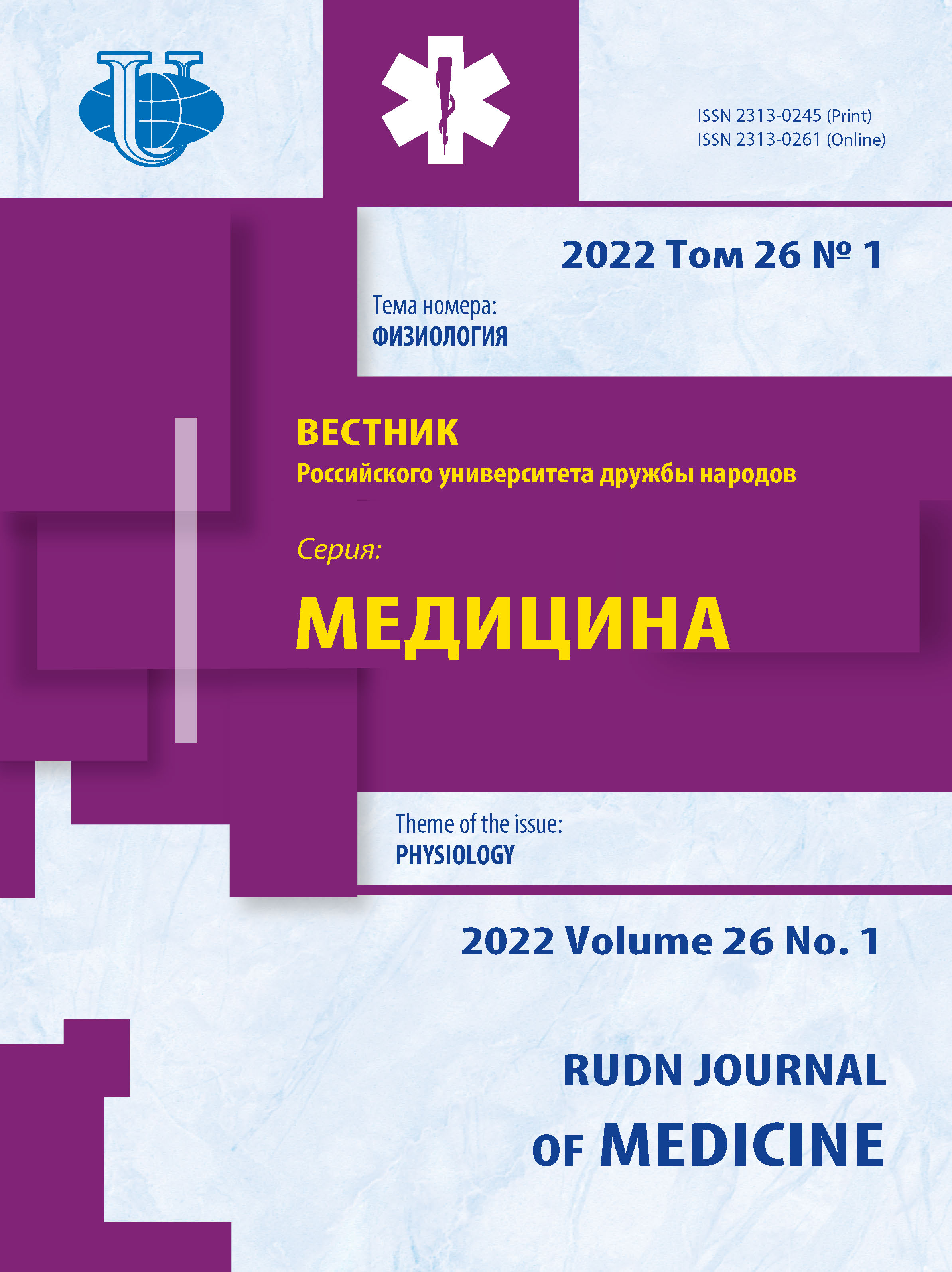Abstract
Relevance. Depression has substantial effects on cancer patients’ quality of life. Estimates of its prevalence vary widely. Aim of the study was to evaluate the prevalence and severity of depression in cancer patients. Materials and Methods . All cancer patients admitted at tertiary care Dr. Vithalrao Vikhe Patil Foundation’s Medical College Hospital (Dahod, Gujarat, India) between December 2015 to December 2016 were included in this study. All subjects gave informed consent to participate in the investigation and personal data processing. Depression in cancer patients was screened using the Mini International Neuropsychiatric Interview (MINI) questionnaire and administered the Hamilton Depression Rating Scale for severity of depression. Results and Discussion. Out of 128 cancer patients screened, 44 (34 %) patients were identified to have depression using MINI. Among them mild to moderate depression was seen in 60.4 % depressed patients, and severe to very severe depression was present in 39.4 % patients. Further analysis showed that the marital status, monthly income and literacy had an impact on the level of depression. Conclusion . The psychological impact of cancer is considerable. The failure to detect and treat elevated levels of psychological distress might jeopardize the result of cancer therapies, decrease patient’s quality of life and increase health care cost. The lack of identifiable risk factors makes the task of diagnosing psychiatric conditions in cancer patients a difficult one. Early recognition of psychiatric distress for the identification of depression is an integral part in the comprehensive management of cancer patients.















